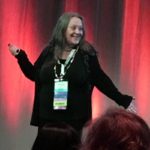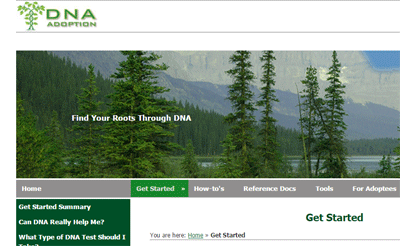Yesterday was a very very happy day. Thanks to DNA testing, an 82 year old man who thought he had no kids, now has two wonderful adult children plus grandchildren and great-grandchildren. Merry Christmas Billy (my pseudonym for him)! Here is the story.
now has two wonderful adult children plus grandchildren and great-grandchildren. Merry Christmas Billy (my pseudonym for him)! Here is the story.
An accomplished and successful Florida business woman, let’s call her Cheryl, discovered at her father’s funeral that he was not her biological dad. His relatives told her and were not particularly nice about it. Cheryl knew that her dad, let’s call him Larry, had married her mom when she was three months along, but Cheryl had not known that Larry had a paternity test done and knew that she was not his child. He loved her mom very much, so chose to love and cherish Cheryl as his daughter. They were always quite close.
Her mother was long gone and could not be asked. In disbelief, Cheryl took the Ancestry DNA test to confirm or deny this tale. She also got her half brother, her mother’s son from an earlier marriage, to test. That way she could separate out the matches on her mother’s side from those from her Dad’s line.
Her DNA results had no matches to anyone in Larry’s family, which disappointed her, even though it was not a surprise now. However she found what looked to be a half brother, let’s call him Joe, an adoptee born and raised in Australia. Her other paternal side matches, two second cousins, and several third cousins, all had roots in a small town along the Mississippi River. Surprisingly. the second cousins had no ancestors in common with any of the others. So Cheryl contacted me for help back in early October.


